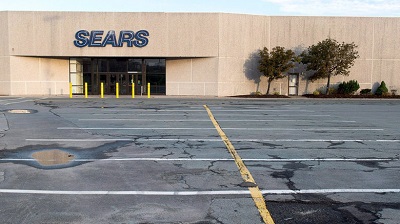 Friday, July 26, 2024
Friday, July 26, 2024  Friday, July 26, 2024
Friday, July 26, 2024 
Aging shopping centres, built decades ago as beacons of fashion and free parking on the suburban fringe, are gradually becoming relics on a sea of inner-city asphalt.
But rather than tinker at the margins to squeeze the last nickels out of old stores, some retailers are doing something dramatic with their biggest asset: land.
In what some call “retrofitting suburbia,” fading food and department stores are reinventing their huge urban properties by filling them up with residential, office and retail space.
And with Sears Canada closing dozens of department stores, new opportunities in these “mixed-use” developments now abound.
“Just about every shopping centre — if they’re smart — is looking at this,” said Brent Toderian, an international consultant on urbanism and city planning based in Vancouver.
“The recognition is that you can bring more customers, you can get more value out of the land and, particularly when you’re around transit, you can provide a lot more transit ridership rather than car dependency.”
Such revelations aren’t new in the United States but the idea has caught fire more recently in Canada.